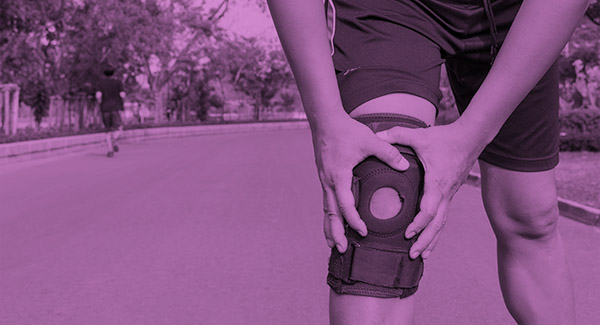How to Squat Correctly
Learn how to avoid adding pain to sore knees caused by arthritis by following simple steps for proper squatting and building strength.
Squatting is a functional move. It helps you do activities in your daily life, such as getting pots out of a bottom cabinet or picking up shoes off the floor. Squatting also helps build strength in the legs and hips, and stronger muscles mean more stable joints.
But if you don’t squat correctly, it can be painful to sore knees. Too many people compensate for sore knees by bending over at the waist, which can lead to a sore back, says Cynthia Harrell, physical therapist and clinical coordinator of the arthritis and osteoporosis programs at the Duke Center for Living at Duke University in Durham, North Carolina.
The Right Way to Squat
For example, when you go to reach into a low cabinet hold on to the countertop and “sit” down, using the muscles in your arms and buttocks for lowering and pulling yourself up. If squatting this way is still painful, place a chair in front of the cabinet or area where you need to pick something up. “Reaching to the floor from a seated position is much less stressful on the knees,” says Harrell.
Build Strength with Wall Squats
The ability to squat correctly without pain can be improved by building quadriceps, buttocks and core muscles. To do so, Harrell recommends the wall squat exercise. Start with 10 wall squats three times per week, says Harrell.
Stop at the point where you feel muscle pain, but continue to perform the exercise regularly, so that the non-painful range will increase as thigh, buttocks and core muscles become stronger. “If done correctly, squatting is well tolerated by people with osteoarthritis of the knees,” says Harrell. Here’s how to properly do a wall squat in three steps:
1. Stand with your back flat against a wall. Feet should be shoulder-width apart and heels 18 inches away from wall. Keep knees in line with heels, not out in front of toes.
2. Breathe in and exhale as you squat by “sitting down” as far as you can comfortably go. Don’t drop buttocks lower than knees and keep knees in line with heels.
3. Tighten abdominal muscles and flatten back against wall. Or, place a ball behind your back to keep you from moving too far forward. Inhale as you return to standing position, pushing up through heels (not off the balls of the feet) to work the muscles in the back of your legs and buttocks.
Stay in the Know. Live in the Yes.
Get involved with the arthritis community. Tell us a little about yourself and, based on your interests, you’ll receive emails packed with the latest information and resources to live your best life and connect with others.


